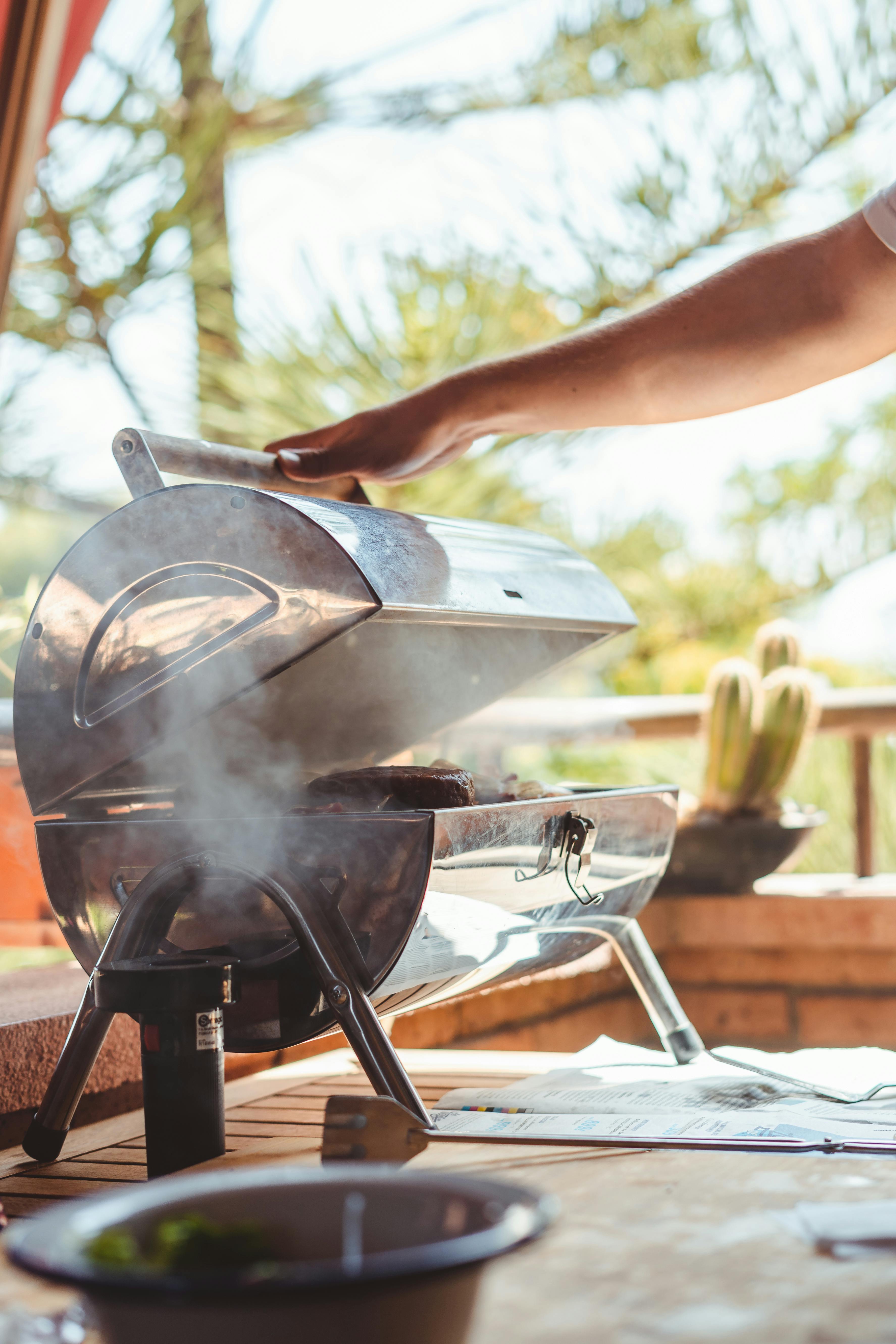Cold smoking is an ancient technique that imparts a distinctive depth of flavour, often described as rich, smoky, and earthy, without the intense heat of traditional cooking methods. When done right, it can transform humble ingredients into extraordinary culinary experiences. In the UK, cold smoking is ideal for enhancing the flavour of iconic ingredients such as cheddar cheese, salmon, and a variety of vegetables, elevating them from simple to sensational. But the key to great cold smoking lies not just in the technique itself but in the choice of fuel, and for that, nothing beats high-quality charcoal.
What is Cold Smoking?
Cold smoking is a method of infusing food with smoky flavours without cooking it. Unlike hot smoking, where food is exposed to both smoke and heat, cold smoking typically keeps the temperature below 30°C (86°F). This allows ingredients to absorb the smoke over a longer period, creating complex layers of flavour without altering the texture of the food. Cold smoking is particularly well-suited for foods like cheese, fish, and even vegetables, which can soak up smoke without becoming overcooked or tough.
For centuries, cold smoking has been used to preserve food, particularly in the UK's coastal regions where smoked fish like salmon or kippers are traditional delicacies. Today, it’s used more for flavour than preservation, but the method remains largely unchanged — and it all starts with choosing the right charcoal.
Why Charcoal Matters in Cold Smoking
Charcoal is the heart and soul of any cold smoking process. It’s what delivers that deep, smoky flavour, so choosing the right type is essential. The flavour, burn time, and smoke quality can vary dramatically depending on the type of charcoal you use, which is why we offer a selection of premium options:
- Birch Charcoal: Known for its clean burn and subtle sweetness, birch charcoal is ideal for more delicate ingredients like cheese or vegetables. Its mild flavour doesn’t overpower but enhances the natural qualities of the food, making it a great starting point for beginners in cold smoking.
- Oak Charcoal: Oak is a classic choice for cold smoking. It offers a robust, earthy smoke that pairs beautifully with stronger ingredients like salmon or meats. Oak charcoal burns steadily and provides a medium intensity of smoke, which allows it to work well in longer smoking sessions.
- Apple Charcoal: For those looking to introduce a hint of fruitiness to their cold smoking, apple charcoal is an excellent choice. It’s particularly well-suited for foods that benefit from a slight sweetness, such as pork, chicken, or even soft, buttery cheddar.
- Hexagonal Briquettes & HazelHex Briquettes: Designed for maximum efficiency, these briquettes offer a longer, more consistent burn, making them perfect for extended smoking sessions. The hexagonal shape ensures an even airflow, while the HazelHex briquettes — made from hazel wood — provide a nutty, aromatic smoke that complements root vegetables or earthy mushrooms beautifully.
Cold Smoking British Classics: A Step-by-Step Guide
1. Setting Up Your Cold Smoker
Whether you’re using a dedicated cold smoker or converting a regular BBQ grill, the key is to maintain a low temperature. A simple way to cold smoke is to place your chosen charcoal in a smoke generator or a metal box with a few air holes. Light it carefully, ensuring you get just enough heat to produce smoke without increasing the temperature too much.
If using briquettes, especially hexagonal or HazelHex, you’ll benefit from their even burn and longer smoke time, which is ideal for cold smoking. A small amount of charcoal can burn for hours, maintaining the perfect temperature for delicate foods.
2. Preparing Your Ingredients
- Cheddar: Use a good-quality, mature British cheddar for cold smoking. Cut the cheese into blocks to allow the smoke to penetrate evenly. Soft cheeses can also be cold-smoked, but the firmer texture of cheddar makes it an ideal candidate.
- Salmon: British smoked salmon is world-renowned, and cold smoking it at home is easier than you might think. Cure the salmon in a mix of salt and sugar for 12-24 hours before smoking to ensure the perfect texture and flavour.
- Vegetables: Root vegetables like carrots, potatoes, and even mushrooms can be transformed by cold smoking. Slice them thinly and marinate them lightly in olive oil or herbs to enhance their natural flavours before smoking.
3. Choosing the Right Charcoal
Each ingredient works best with a specific type of charcoal. For example, oak charcoal is perfect for salmon, adding a deep, smoky flavour that compliments the fish’s rich texture. For cheddar, birch charcoal offers a subtler, cleaner smoke that enhances without overpowering the cheese’s creamy depth. Vegetables, especially mushrooms or carrots, benefit from the nutty aroma of HazelHex briquettes, which add complexity without overwhelming the natural sweetness of the produce.
4. The Smoking Process
Once your smoker is set up and your ingredients are ready, it’s time to let the magic happen. Cold smoking can take anywhere from 2 to 12 hours, depending on the ingredient and your flavour preferences. For example:
- Cheddar: Smoke for 2-4 hours for a mild, smoky taste, or up to 6 hours for a more intense flavour.
- Salmon: 4-8 hours is typically ideal, but some prefer up to 12 hours for a more traditional, robust smoked salmon.
- Vegetables: Lighter vegetables like mushrooms may only need 2-3 hours, while denser options like carrots can handle up to 6 hours.
The key is to experiment with times and charcoals to discover the balance that suits your taste.
The True Flavour Potential of Cold Smoking
Cold smoking is about more than just adding a smoky flavour. It’s a transformative process that deepens and enhances the natural qualities of the ingredients. When paired with the right charcoal, whether it’s the robust oak for salmon or the subtle birch for cheese, the flavours become more complex, balanced, and uniquely British.
By taking the time to explore different charcoal types and experimenting with various ingredients, you can unlock the full flavour potential of cold smoking — and discover a new dimension to BBQ that goes beyond the grill.


Share:
A Taste of Brazil: Discovering Brazilian BBQ and Picanha Churrasco
The Great Pumpkin Roast: Charcoal-Grilled Pumpkin Recipes You Need to Try